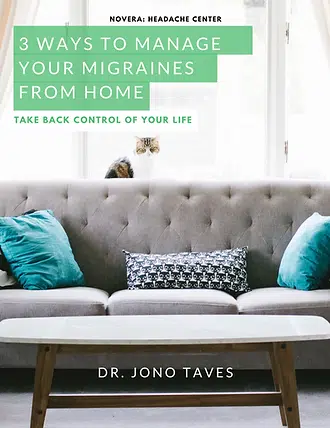
Do you spend a lot of time sitting at a desk, typing at a computer, or performing other office-related work? If you are experiencing any neck, back, or head pain, it may be connected to your body posture. Incorrect body posture can lead to serious neck or back pain. Don’t let your work space compromise your body posture.
Do you know that you strain your neck when you look down at your cell phone, paperwork, or a computer screen? The tendons and muscles in your neck have to stretch and hold up the weight of your head – which is about 12 pounds. Fixing your pain starts with being conscious of your body posture when working in the office or looking at cellular devices.
Ask yourself these questions to gage whether or not you are putting unnecessary strain on your neck or back:
1. Is your screen positioned so that you can see it without straining?
Your screen should be at eye level, and close enough to your face so that your eyes don’t have
to strain to see it. You may also have to increase font size.
2. Are your mouse and keyboard positioned so that you don’t have to reach for them?
Your arms and wrists should be parallel to the desk, and your chair close enough to the desk
that you are comfortable.
3. Does your chair conform to the curve of your spine?
Don’t sit up straight at a 90 degree angle, but rather find a chair that curves with your spine and supports
your back, around 100-110 degrees.
4. If your chair has arm rests, does it allow your shoulders to relax?
Using arm rests constantly can cause tension in the shoulders and upper back.
Re-create your workspace so that you eliminate any possibility of tension. Use techniques throughout the day to relieve your stress such as getting up and stretching every 30 minutes. Walk down the hall, talk to an officemate, and stretch out your body. Give your eyes a rest by following the 20/20/20 rule: every 20 minutes stare at an object 20 feet away for 20 seconds.
Don’t let your workspace become a place of tension, stress, or pain. Become aware of the positions that you hold your body in, and make an effort to relax your muscles.




